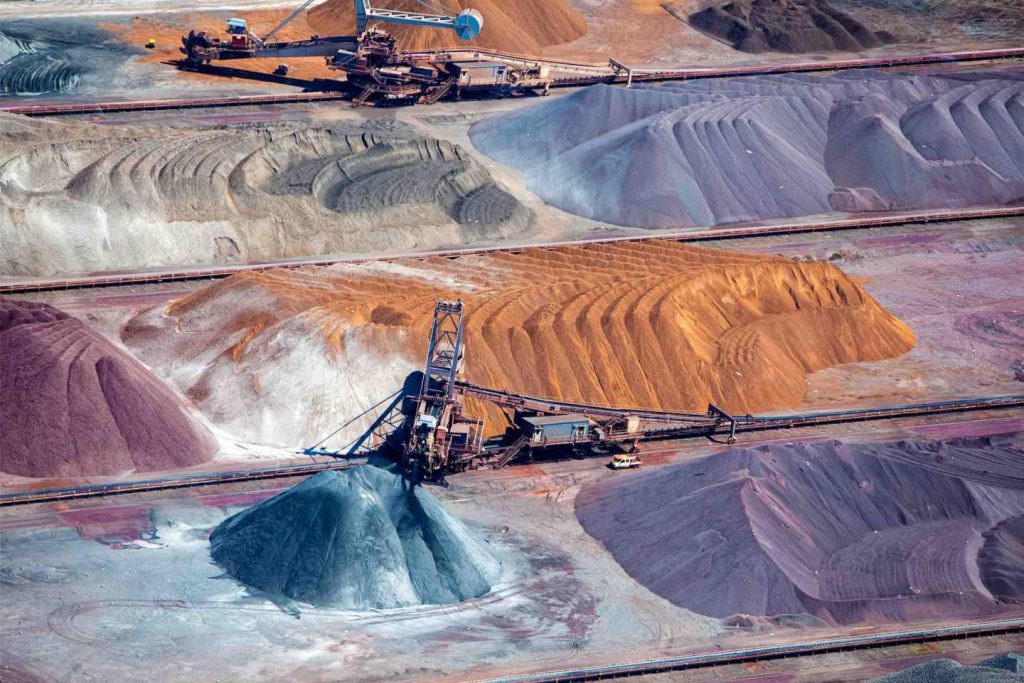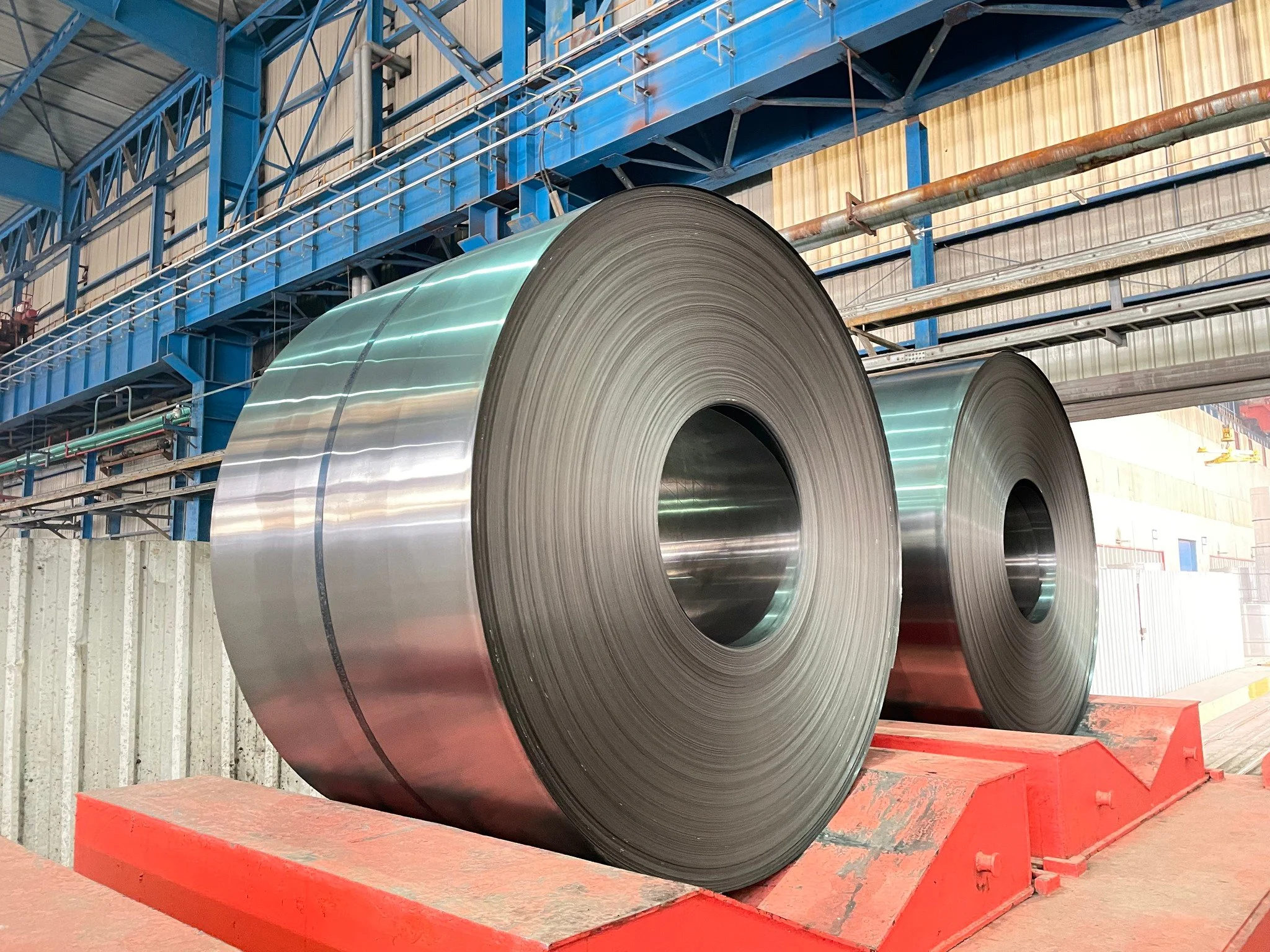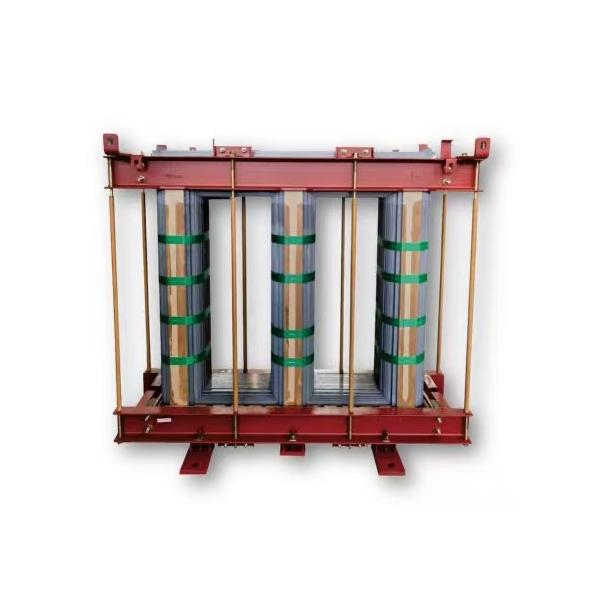Exploring the Distinction: Mineral vs. Ore
2 min read
In the realm of geology and mining, the terms "mineral" and "ore" are often used interchangeably, but they carry distinct meanings. Understanding the difference between these two terms is crucial for anyone involved in the field. In this article, we will delve into the intricacies of minerals and ores, exploring their definitions, characteristics, and significance in various industries.
- Defining Minerals:
Minerals are naturally occurring inorganic substances with a specific chemical composition and crystal structure. They are the building blocks of rocks and can be found in abundance throughout the Earth's crust. Minerals possess unique physical properties, such as hardness, color, luster, and cleavage, which aid in their identification. Examples of minerals include quartz, feldspar, and calcite. - Unveiling Ores:
Ores, on the other hand, are rocks or minerals that contain valuable elements or compounds, which can be extracted economically. Unlike minerals, ores are not as widespread and often require extensive exploration and mining operations to extract the desired materials. Ores are typically characterized by their high concentration of valuable elements, such as iron, copper, gold, or silver. - Key Differences:
The primary distinction between minerals and ores lies in their economic value and usability. While minerals have intrinsic scientific and aesthetic value, ores are valuable due to their potential for commercial exploitation. Minerals can exist in various forms, including pure elements, compounds, or mixtures, whereas ores are specific types of rocks or minerals that contain economically significant concentrations of valuable elements. - Significance in Industries:
Minerals find applications in a wide range of industries, including construction, manufacturing, and jewelry. They are used as raw materials for producing various products, such as cement, glass, ceramics, and gemstones. Ores, on the other hand, are crucial for the extraction of metals and minerals used in industries like metallurgy, electronics, and energy production. The identification and processing of ores play a vital role in meeting the global demand for metals and minerals. - Environmental Considerations:
Mining activities associated with the extraction of ores can have significant environmental impacts. These include habitat destruction, soil erosion, water pollution, and emission of greenhouse gases. Sustainable mining practices and technological advancements are being implemented to minimize these adverse effects and ensure responsible resource extraction.
Conclusion:
In conclusion, minerals and ores are distinct entities in the field of geology and mining. While minerals are naturally occurring substances with unique physical properties, ores are rocks or minerals that contain economically valuable elements. Understanding the difference between minerals and ores is essential for resource exploration, extraction, and sustainable development. By recognizing their significance and implementing responsible mining practices, we can ensure the efficient utilization of Earth's mineral resources for the benefit of humanity and the environment.



